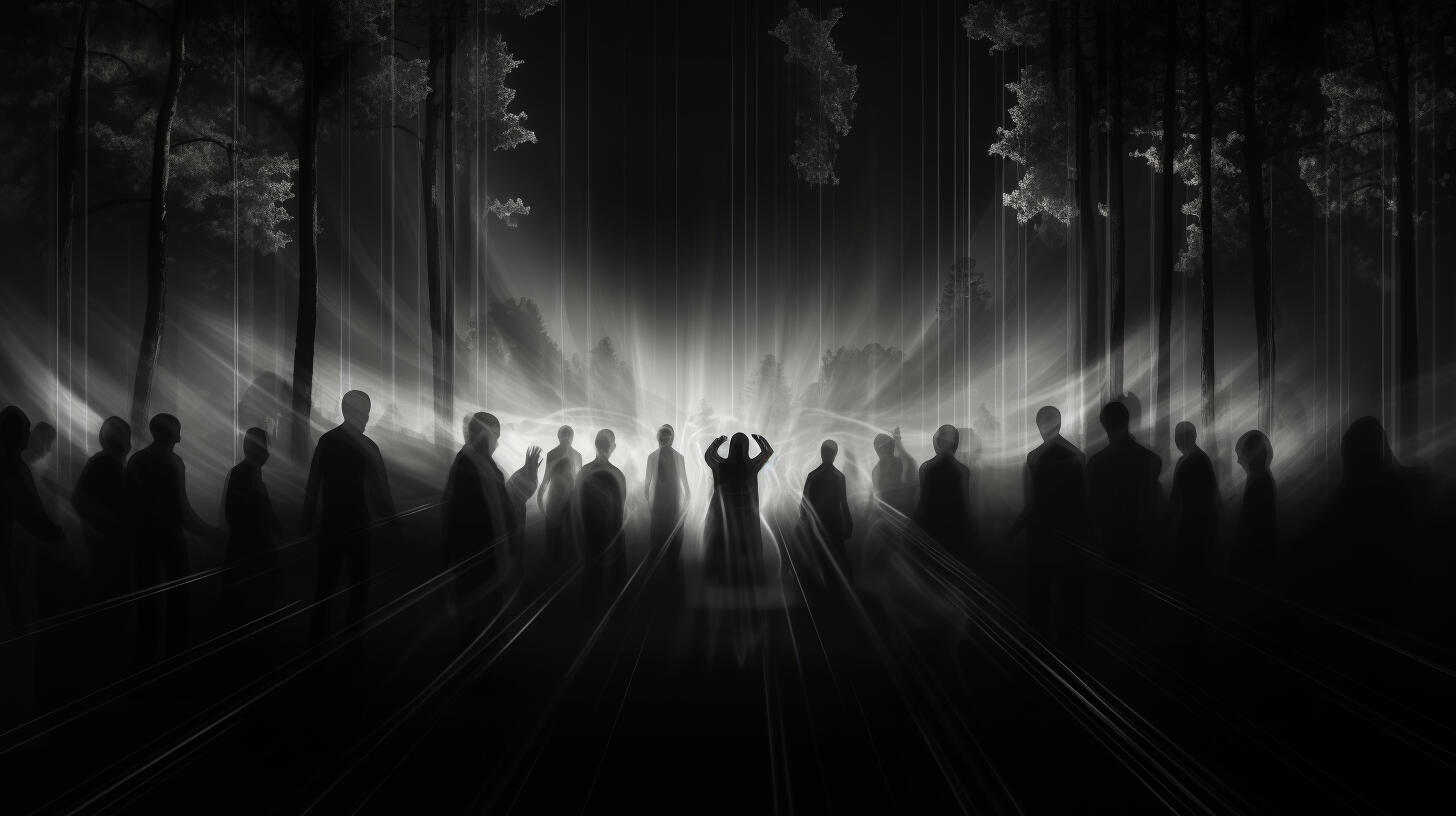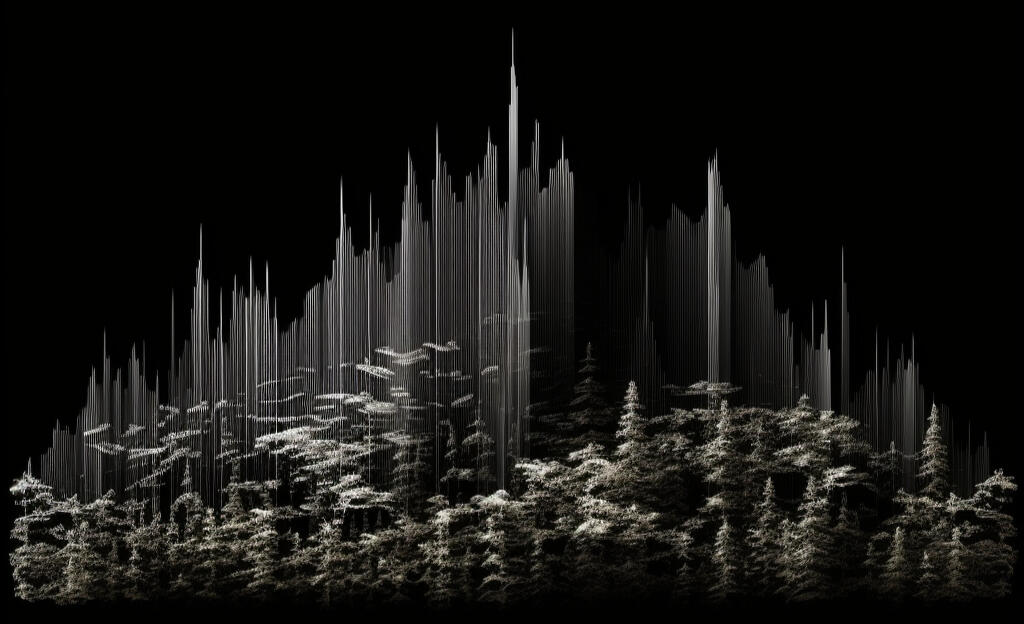
bIOta
Beats by beasts
Welcome to the Symphony of DiscoveryWelcome to a world where science and music intertwine in a symphony of discovery.
Just Animal SoundsVenturing into diverse environments, my quest revolves around capturing wildlife recordings. As I immerse myself in the intricate tapestry of nature's soundscapes, I find myself drawn to the mesmerizing concept known as the acoustic niche hypothesis. This notion posits that the sounds produced by animals within an ecosystem have evolved to occupy unique positions in the "acoustic space." In doing so, they optimize their detectability while harmoniously minimizing interference with their fellow inhabitants.Armed with directional microphones and automatic recorders, I ventured into nature's embrace, carefully capturing the voices of its inhabitants. I unlock their hidden potential, transforming them into instruments of sonic expression, through the symbiotic collaboration of synthesizers and sequencers.My music takes its inspiration from electronic genres, from new age to psychedelic styles. It's created solely using animal sounds. These animal sounds are tweaked in terms of pitch and rhythm, and electronic effects commonly used in these music styles are added to enhance the overall sound.
Music

For a proper appreciation of this music, it is highly recommended to use headphones or high-fidelity speakers. This way, you will be able to hear the sonic details.
The sounds used to create this music were recorded in Guatemala, Central America. In the rainforest, cloud forest and coastal slope ecosystems. In Izabal, Baja Verapaz, El Progreso and Escuintla departments.
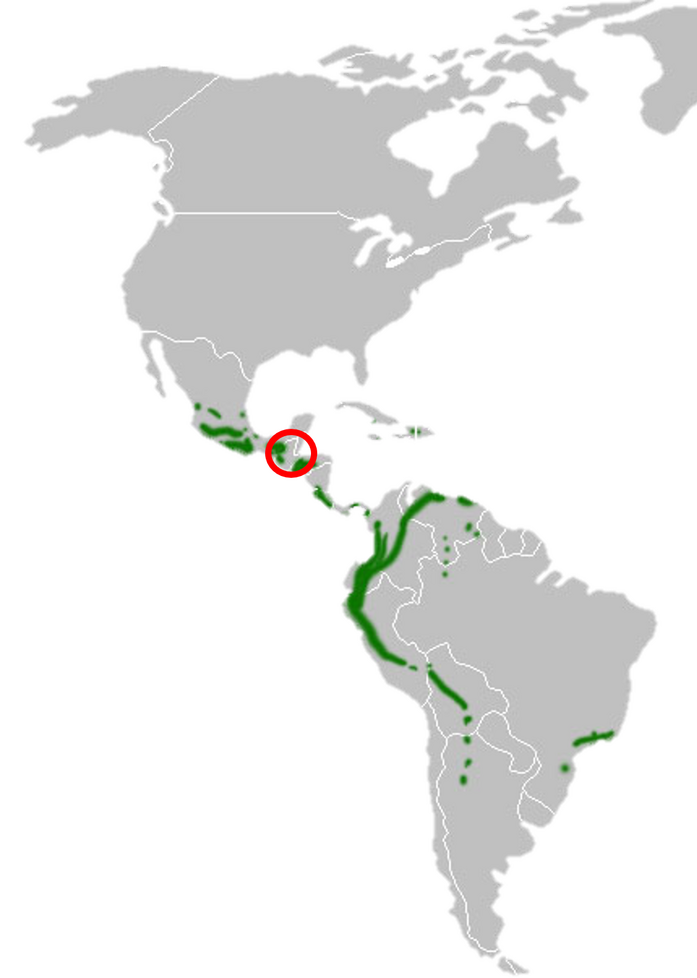
Rainforest
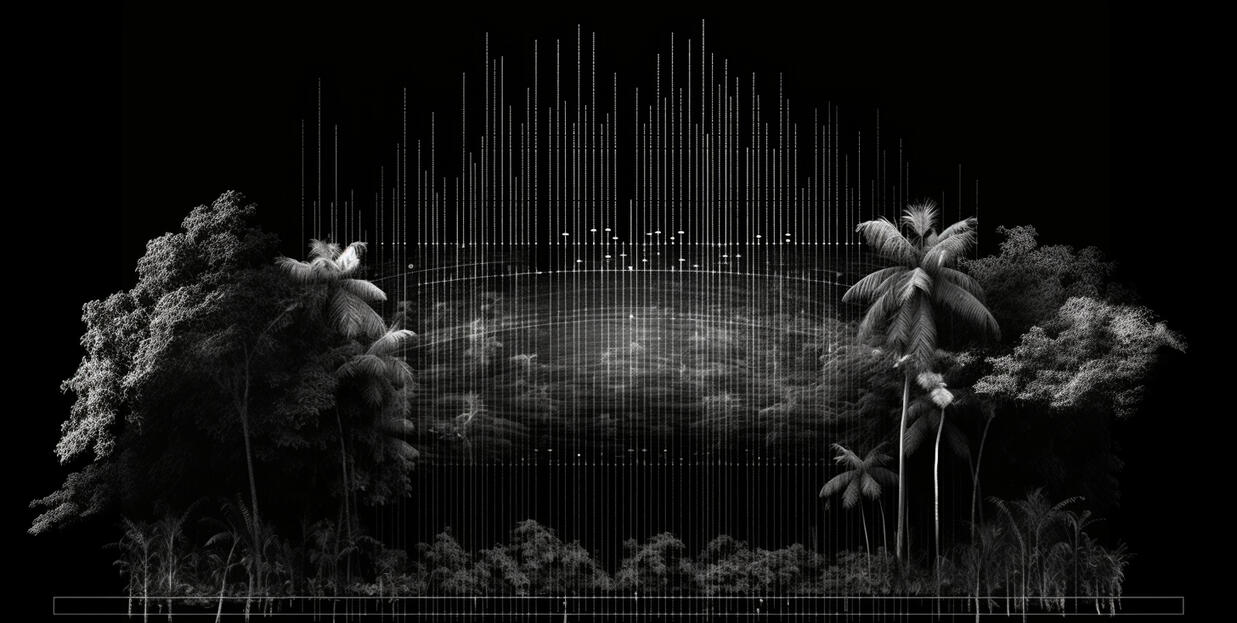
Cloud forest

Coastal slope
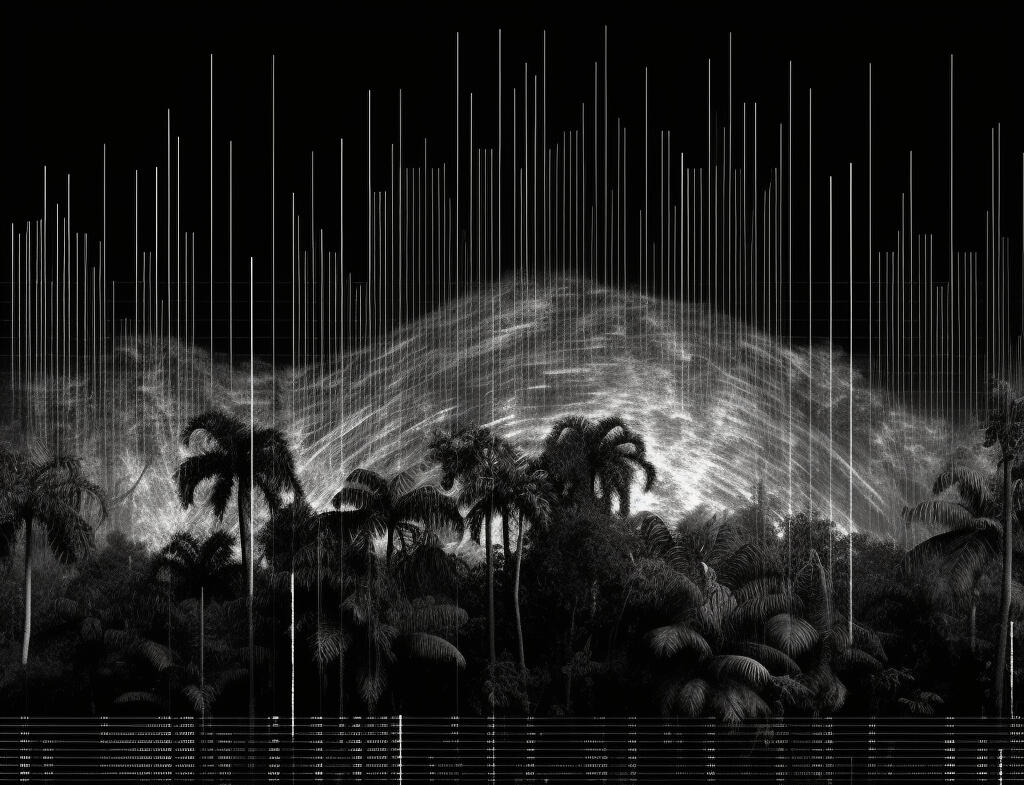
The Crystal Frog's Melodic Quest: Embarking on a Rainforest Adventure!

The Crystal Frog's Melodic Quest takes us deep into the heart of the rainforest night, specifically the Izabal Caribbean region of Guatemala. Here, the rhythmic beats and high notes are crafted from the vibrant sounds of amphibians. The groovy toad, Incilius valliceps, takes center stage, providing the bassline that pulsates through the composition. Accompanying it is the enchanting glass frog, Hyalinobatrachium viridissimum, adding its delicate high notes to the chorus. Joining the amphibian ensemble are the melodious voices of Dendropsophus microcephalus, Smilisca baudinii, and Leptodactylus melanonotus. And let's not forget the rhythmic güiro sounds produced by the playful collaboration of Ptychohyla hypomykter.Prepare to dive into a symphony of amphibious beats, where the captivating voices of these rainforest inhabitants intertwine to create a melodic adventure you won't soon forget.
Enchanted Canopy: A Melodic Journey Through the Cloud Forest
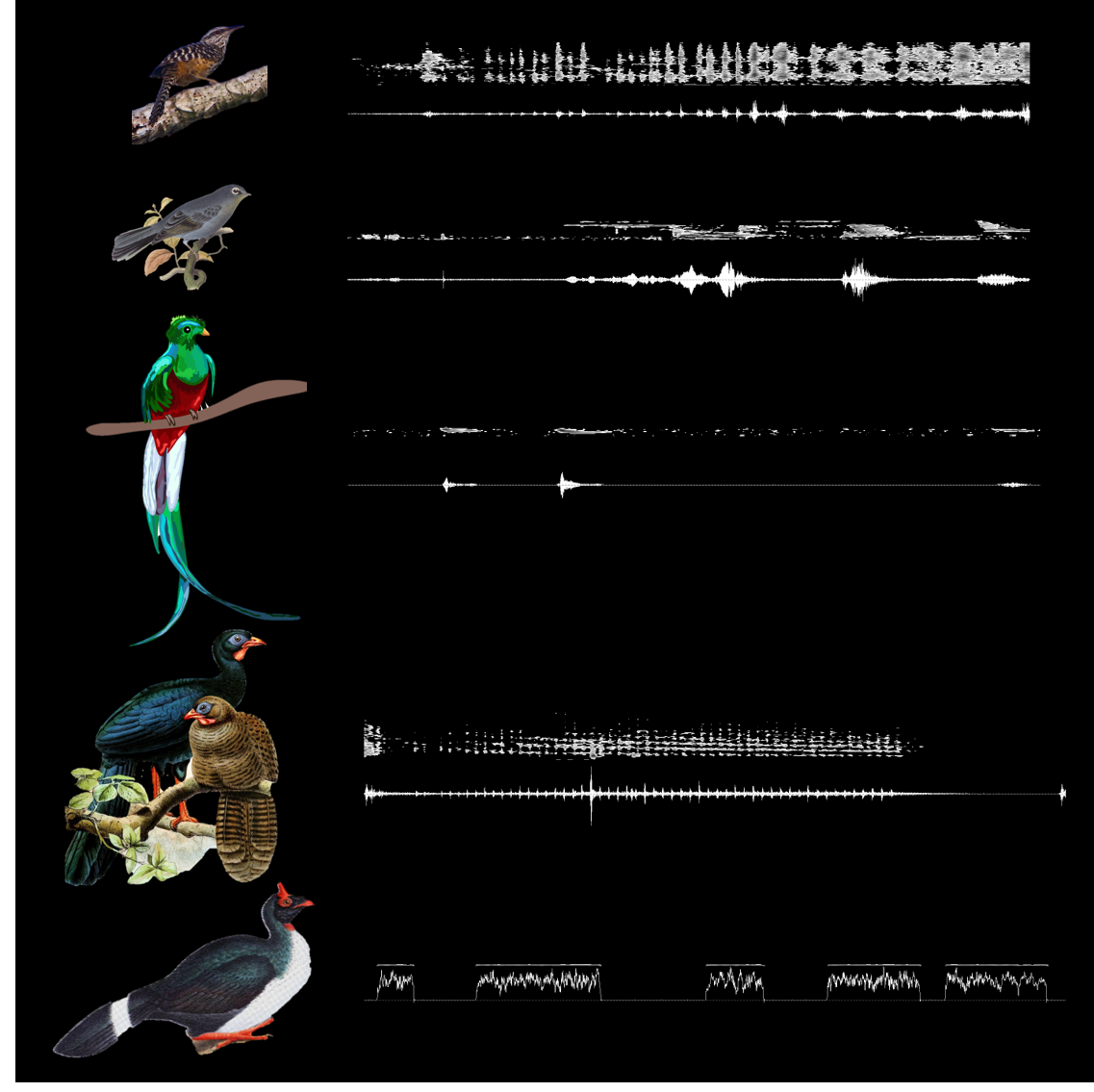
A journey through the captivating spaces of the endangered cloud forest. This extraordinary habitat teems with life, harboring a plethora of fascinating species that have lent their voices to create a truly magical song.As I delve into the depths of this mystical forest, I encounter the matraca, Campylorhynchus zonatus, orchestrating psychedelic sounds with its fluttering wings, adding a touch of whimsy to the musical tapestry. The enchanting guardabarranco, Myadestes unicolor, with its metallic vocalizations, transports us to a reality where animal melodies merge with electronics.Behold the majestic Resplendent Quetzal, Pharomachrus mocinno, a symbol of splendor, as its ethereal calls intertwine with the rhythmic beats of the Pajuil, Penelopyna nigra, creating percussive symphonies with their resounding wing movements. And let us not forget the magnificent Horned Guan, Oreophasis derbianus, an endangered species whose haunting vocalizations reverberate through the forest, adding depth and mystery to the melodic adventure.Lets enter deeper into the heart of the cloud forest, where each step reveals a new harmonious collaboration between the creatures of the canopy and undergrowth.
This song is composed by sounds recorded in the Atitlan volcano, near the lake with the same name. A mitical place full of misteries and Mayan culture. The rithm in this song is made out by wing flapping of the species Penelopina nigra, known as pajuil.
This song takes place in the coastal slope ecosystem, which is a forest found in the lower parts of the mountains. The sound of insects can be heard, and then the chorus of the white-winged dove Leptotila verreauxi begins, followed by the motmot. Suddenly, the flight of the pajuil is heard, and with its percussive wingbeats, it provides the rhythm for the song. In the end, the theme unfolds among alternating sounds of doves, motmots, and insects, typical of the sound landscape of the coastal slope.
This song occurs in the nighttime of the rainforest ecosystem, where amphibians reign. Various species typical of the Izabal area, a region in western Guatemala, can be heard, such as the glass frog and various toads.
Melodies of the Enchanted Woods: The Harmonious Tale of the Nightingale Wren
We're about to dive headfirst into the wild and wondrous world of the legendary Nightingale Wren, Microcerculus philomela, the forest's very own rockstar! This feathery maestro has not only stolen the hearts of nature lovers and musicians but has also left scientists scratching their heads, wondering if its catchy tunes follow the same rules as our beloved human music. Buckle up as we enter on an epic adventure through the jungles of Cahabon, where Mayan communities and funky beats of nature coexist.Armed with my recording gear, I ventured deep into the steamy and vibrant forests of Cahabon, where the Nightingale Wren reigns supreme. The air thick with humidity, the trees swaying to an invisible groove, and the chirps and rustles of nature setting the stage for the avian superstar. With a hop in my step and a melody in my heart, I set out to capture the essence of this winged virtuoso.As the Nightingale Wren strums its magical chords, it's not alone in this musical extravaganza. The forest band is in full swing, featuring a lineup of critters ready to shake their tiny legs. The grasshoppers, katydids and cicadas, the percussionists of the insect world, creating a rhythm section. Then, the mighty Incillius valiceps toad takes center stage as the bass drum, laying down the funky beats.As you listen closely to this enchanting rithm, remember that these individual instruments are no ordinary gadgets. They are none other than the marvelous creations of Mother Nature herself. The Nightingale Wren's melodies, the grasshoppers' hi-hat, and the toad's thumps, all animal specimens bringing the forest alive with their musical prowess.So, let's groove to the tunes of the mythic Nightingale Wren. And remember, when you listen to these funky beats and catchy melodies, you're not just hearing music, you're experiencing the wild and wonderful symphony of life itself. So tune in, turn it up, and let's rock the forest with our feathered friend, the Nightingale Wren!
Creative process
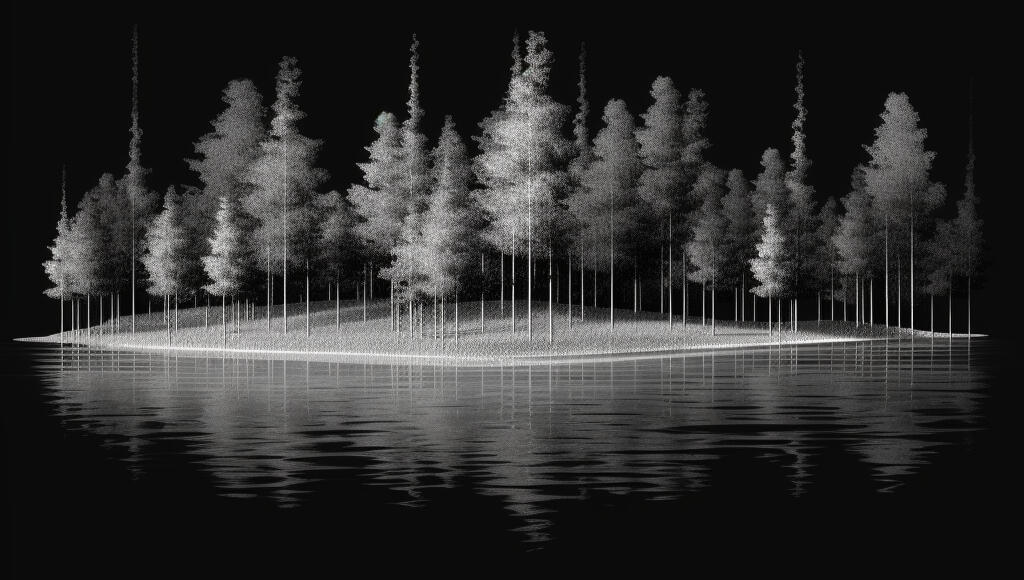
Biota's music, a captivating fusion of animal sounds, transforms creatures into musical instruments. My career has led me to extraordinary locations, where I've recorded nature's sounds using research grade equipment. These raw recordings undergo a transformative process through DJ software, allowing me to craft compositions that merge the wild with human creativity.
Melodic SoundsThe sonic canvas is painted with the captivating voices of our feathered friends. A mesmerizing symphony crafted from the harmonious melodies of birds. But let us not forget the enchanting voices of amphibians like the crystal tree frog.The voices of birds and frogs become the notes on our staff, weaving a tapestry of sound that celebrates the beauty and diversity of biota.
Percussion SoundsThe melodious rhythm of the forest is brought to life through the vibrant beats of nature's drummers. In some songs, the low frequency calls of toads resonating through the dense foliage, serve as the pulsating backbone of my percussion ensemble. Their rhythmic croaks and trills create a percussive delight, setting the stage for a magnetic groove.In other songs, the percussion is based by the rhythmic wing beats of bird species. The graceful flapping of their wings produces intricate patterns of beats, adding a layer of complexity and elegance to the music. The air comes alive with the rhythmic fluttering, as if the birds themselves have become percussionists in their performance.As we explore the rhythmic wonders of the natural world, the forest creatures become percussionists and will make your soul dance. Get ready to groove to the rhythms of the wild!
About the author

Unlocking Nature's Secrets through SoundI am a Franco-Guatemalan biologist with a singular mission: to unravel the enigmatic secrets of the animal kingdom through the power of sound. My scientific odyssey began in the captivating landscapes of Guatemala, a land teeming with boundless biodiversity and untamed wonders. It was there that my heart was captivated by the mesmerizing field of bioacoustics, where the acoustic antics of animals take center stage.But my curiosity knew no bounds, thus, I spread my wings and journeyed to the enchanting city of Paris, where I found myself immersed in the esteemed halls of the prestigious Natural History Museum. It was within these hallowed walls that I plunged headfirst into the magical realm of the Resplendent Quetzal, Guatemala's magnificent national bird, meticulously unraveling its vocal mysteries as part of my Ph.D.In my youth, I stumbled upon the exhilarating rhythm of music. It all began with the majestic organ, but soon enough, I found myself caught in the storm of percussive beats, starting weaving melodies with my hands.And now, here we stand, united on this extraordinary venture where science, music, and nature converge. I simply couldn't resist merging these awe-inspiring worlds, forging a symphony that reverberates with the harmonious dance between music, the great outdoors, and the enigmatic mysteries of science.
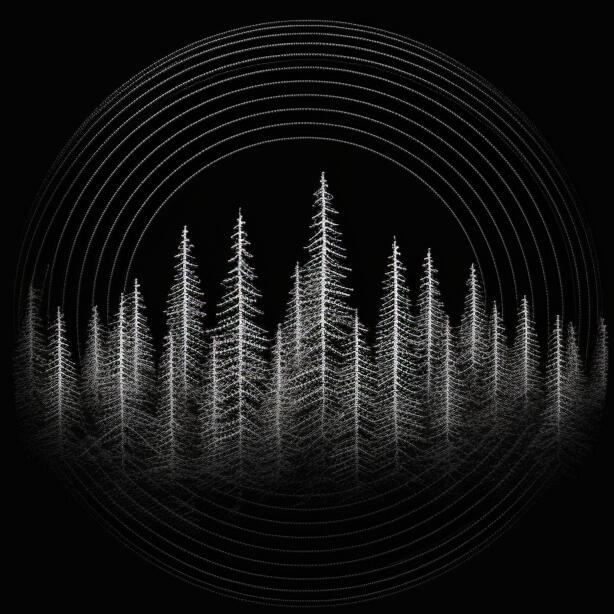
Projects in preparation
The temperate broadleaf forest

Spectrogram of vocalizations of Strix aluco in the foreground and Cervus elaphus far away, at Rambouillet forest, Île-de-France, October 2023
My current work includes recording sounds from ecosystems in France. I am happy to be in my mother's country, exploring wonderful natural places. With the recordings I am beginning to compose music that will include emblematic species from various ecosystems, continuing with the same style and concept, using only animal vocalizations belonging to a single ecosystem.
Scientific research
Ph.D. thesis: Acoustic behavior and ecology of the Resplendent Quetzal Pharomachrus mocinno, a flagship tropical bird species. Natural History Museum, Paris. 2019.
Articles in scientific journals
Soares, L. et al. (2023) Neotropical ornithology: Reckoning with historical assumptions, removing systemic barriers, and reimagining the future. Ornithological ApplicationsBolaños-Sittler P, Aubin T, Padilla A & Sueur J. (2021). Acoustic competition within a tropical bird community: the case of the Resplendent Quetzal Pharomachrus mocinno in Guatemala. Journal of Tropical Ecology: 1–11. https://doi.org/10.1017/S0266467421000420
Bolaños-Sittler, P., Sueur, J., Fuchs, J., Aubin, T. (2020). Vocalizations of the rare and flagship species Pharomachrus mocinno (Aves: Trogonidae): implications for its taxonomy, evolution and conservation. Bioacoustics.
10.1080/09524622.2019.1647877Bolaños-Sittler, P., & Villatoro, F. (2016). Paisaje Sonoro en Bosques de Montaña de Guatemala. Revista de La Universidad Del Valle de Guatemala, 32, 13–24.Bolaños-Sittler, P. (2015). Avistamientos recientes de Corvus corax (Cuervo Grande) en las tierras altas de Guatemala. Zeledonia, 19(2), 82–87.Bolaños-Sittler, P. (2016). Recent sightings of Common Raven Corvus corax in the highlands of Guatemala. Cotinga, 38, 88–89.
Media coverage
Arte TV France: Participation in a segment of the film "Sauver le Quetzal l'oiseau sacré des Mayas", talking about the vocalizations of the quetzal. The film was broadcast on the Arte channel in France and available online for a month.
France Culture Radio: Participation in the blog "Pas-si-betes" about the vocalizations of the quetzal.
Blog Vigie-Nature: Article related to music day, talking about music in nature and the Biota project.
ear - Ecoacoustics Research Project: Biota is part of this iniciative grouping members of the Institut de Systématique Evolution et Biodiversité, from the Muséum national d’Histoire naturelle and CNRS, Paris, France.
GET IN TOUCH
For any enquiries regarding bookings, or special orders for projects, contact me by the following platforms:
